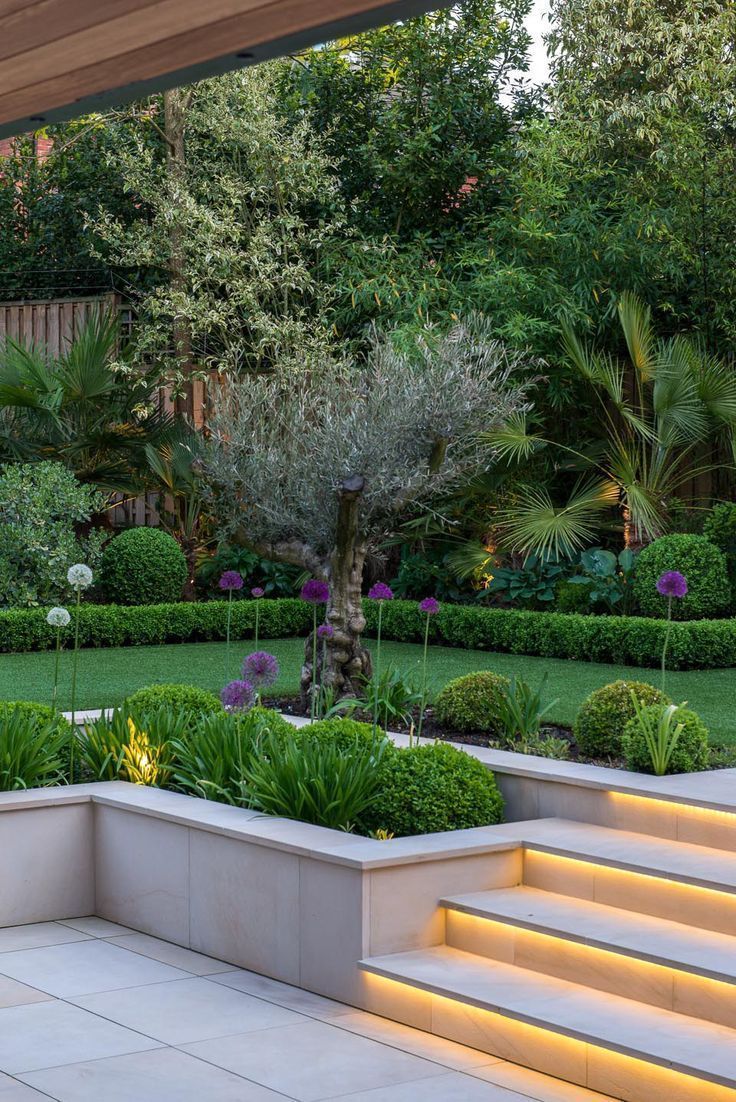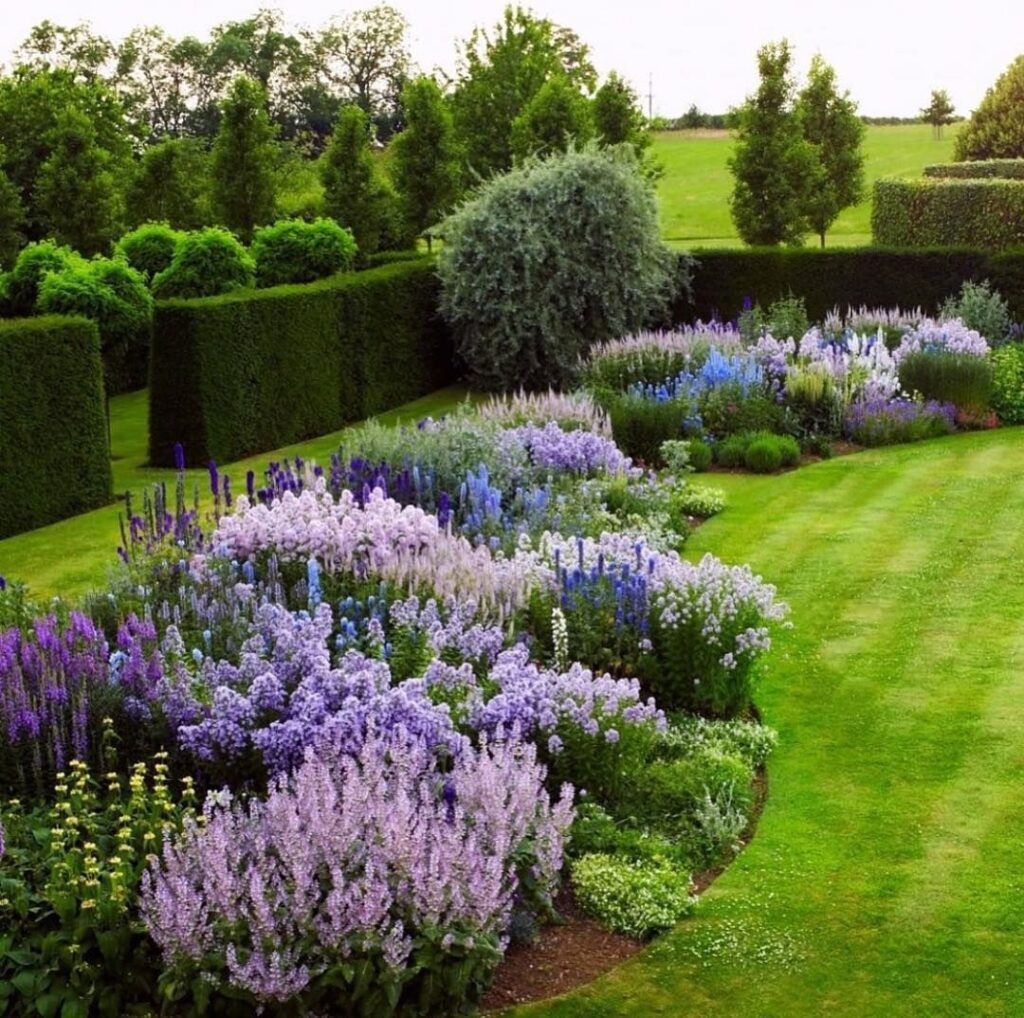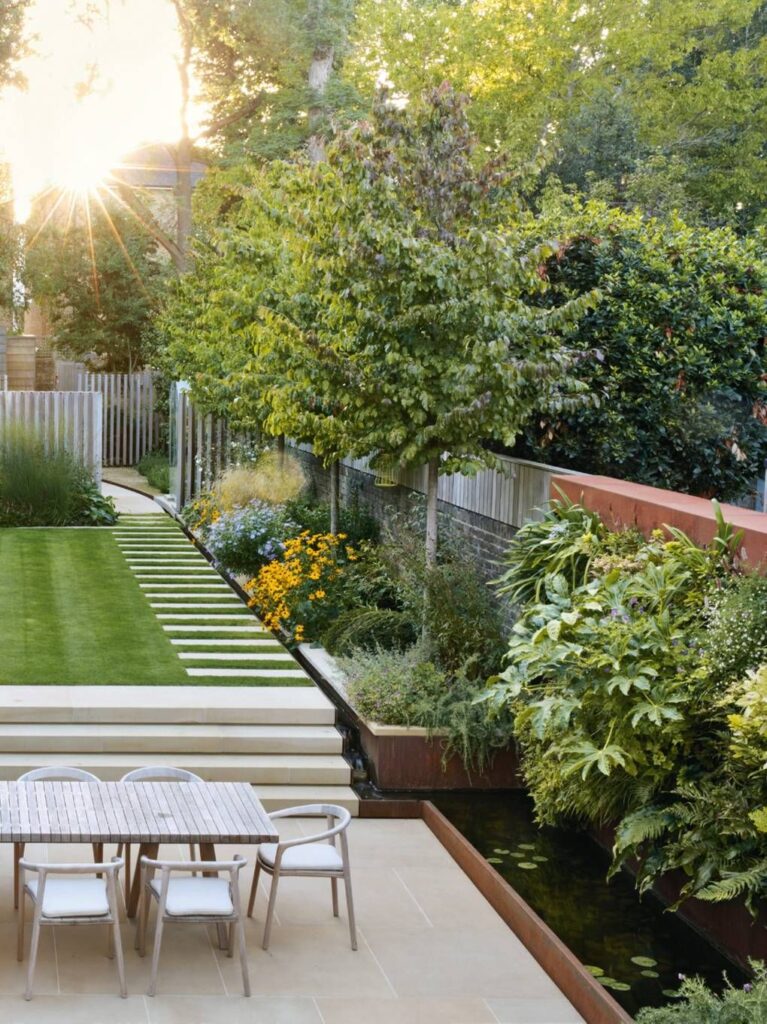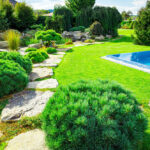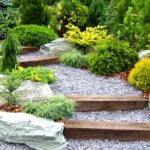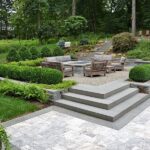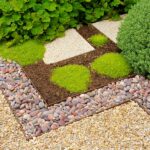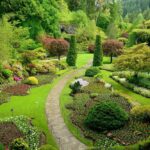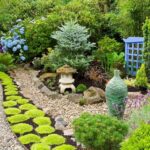Landscape garden design is an art form that involves the planning, designing, and implementation of outdoor spaces to create a visually appealing and functional environment. A well-designed landscape garden can significantly enhance the overall look and feel of a property, providing a tranquil and relaxing space for homeowners and visitors to enjoy.
One of the key elements of landscape garden design is the selection and arrangement of plants and flowers. By carefully choosing a variety of plants with different colors, textures, and heights, a designer can create a visually stunning garden that changes throughout the seasons. Incorporating trees, shrubs, and perennials into the design can also help to provide shade, privacy, and habitat for wildlife.
In addition to plants, landscape garden design also involves the use of hardscape elements such as walkways, patios, and retaining walls. These features can help to define different areas of the garden, create focal points, and provide practical and functional spaces for outdoor living. The materials used for hardscape elements should complement the overall aesthetic of the garden and be durable enough to withstand the elements.
Another important aspect of landscape garden design is the consideration of the garden’s overall layout and flow. A well-designed garden should be easy to navigate and have a coherent and harmonious feel. Paths and walkways should be designed to lead visitors through the garden, allowing them to explore and appreciate different areas and viewpoints.
Water features such as ponds, waterfalls, or fountains can also add an element of tranquility and beauty to a landscape garden design. These features can attract wildlife, create a soothing sound, and provide a focal point for the garden. The design and placement of water features should be carefully considered to ensure they harmonize with the overall design of the garden.
Finally, a successful landscape garden design should take into account the maintenance and care of the garden. Selecting plants that are well-suited to the local climate and soil conditions can help to reduce the need for excessive watering, pruning, and fertilizing. Additionally, incorporating low-maintenance landscaping techniques such as mulching and xeriscaping can help to minimize the time and effort required to keep the garden looking its best. By carefully considering all of these elements, a landscape garden designer can create a beautiful and functional outdoor space that enhances the overall aesthetic and value of a property.
 yishifashion Where Outdoor Dreams Become Reality
yishifashion Where Outdoor Dreams Become Reality
